What Types of Kitchen Knives Do You Really Need?
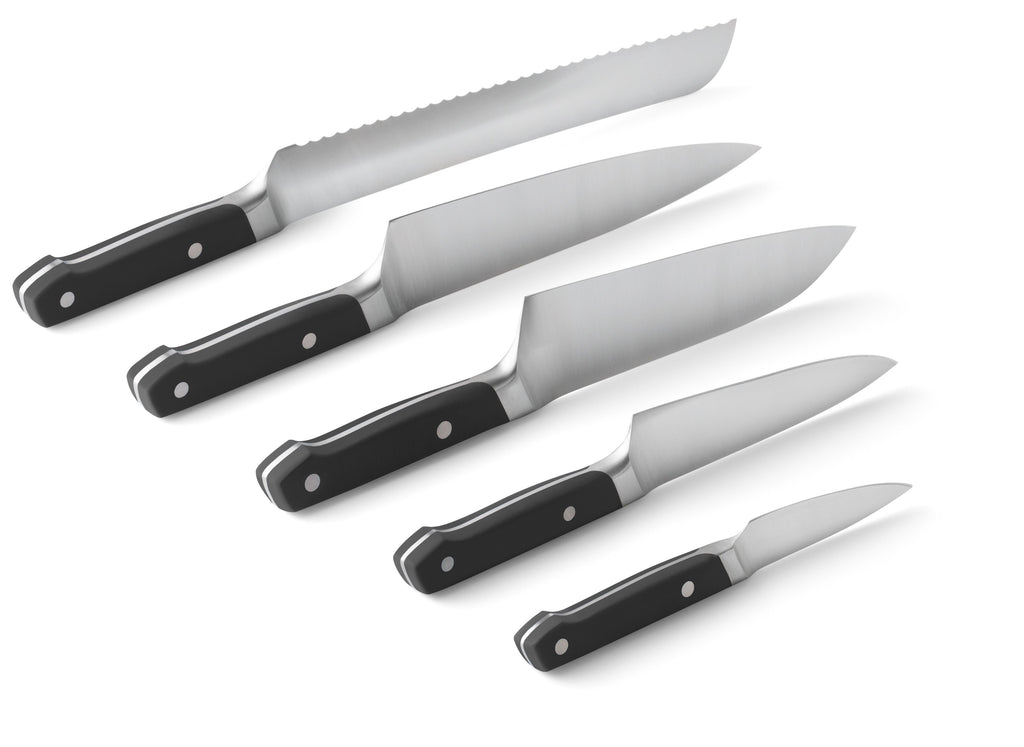 You only need a few types of kitchen knives to get any job done.
You only need a few types of kitchen knives to get any job done.
- A good home chef can get anything done with just a few different knives.
- Some knives are good to have, but not completely necessary.
- Many specific knives offer limited usefulness and will mostly take up space.
The world of kitchen knives is a vast, crowded, and often overly complicated field. The vast array of cutlery available may appear overwhelming to new and old chefs alike, with specialty knives invented for every imaginable kitchen scenario.
While there are countless types of kitchen knives — and types of knives in general — many of them will never find use in a typical home kitchen. There are a handful of knives that are irreplaceable, but many others can be left out of your collection without compromising your abilities in the kitchen.
Below, we'll discuss a few types of kitchen knives: the essentials, the nice-to-haves, the maybe-necessary ones, and the unnecessary ones.
Essential Kitchen Knives
Realistically, three knives are all a home chef needs to accomplish most jobs. Rather than sitting in a drawer or a knife block taking up space, these knives will get thorough use and be your best allies in the kitchen.
The Chef's Knife
 A good chef’s knife will feel like an extension of your body.
A good chef’s knife will feel like an extension of your body.
A chef's knife is indispensable in the kitchen: It's your go-to tool in most circumstances and, when it feels right, essentially becomes an extension of your hand. Every professional chef has a chef's knife, and it's one of their most prized possessions.
A chef's knife has a sharp blade that's on average 8 inches long and features a curve that makes it born to work on a cutting board. It's ideal for mincing, dicing, chopping, and slicing: The curved blade allows it to rock back and forth on the board, saving you effort and helping make your cuts as even as possible.
The Paring Knife
 A paring knife is excellent for any small-level tasks.
A paring knife is excellent for any small-level tasks.
A paring knife is significantly smaller than a chef's knife, with a blade that’s usually just a few inches long. It's great for all the detail work and smaller tasks that a chef's knife would be too cumbersome for.
For example, a paring knife is ideal for peeling fruits or veggies, or making garnishes. It can also do its fair share of chopping or dicing, especially when it comes to smaller items like chives. A paring knife is extremely versatile due to its size and relatively straight blade: It can make a fine cheese knife, for example, removing the need for a more specific, less versatile knife.
The Serrated Knife
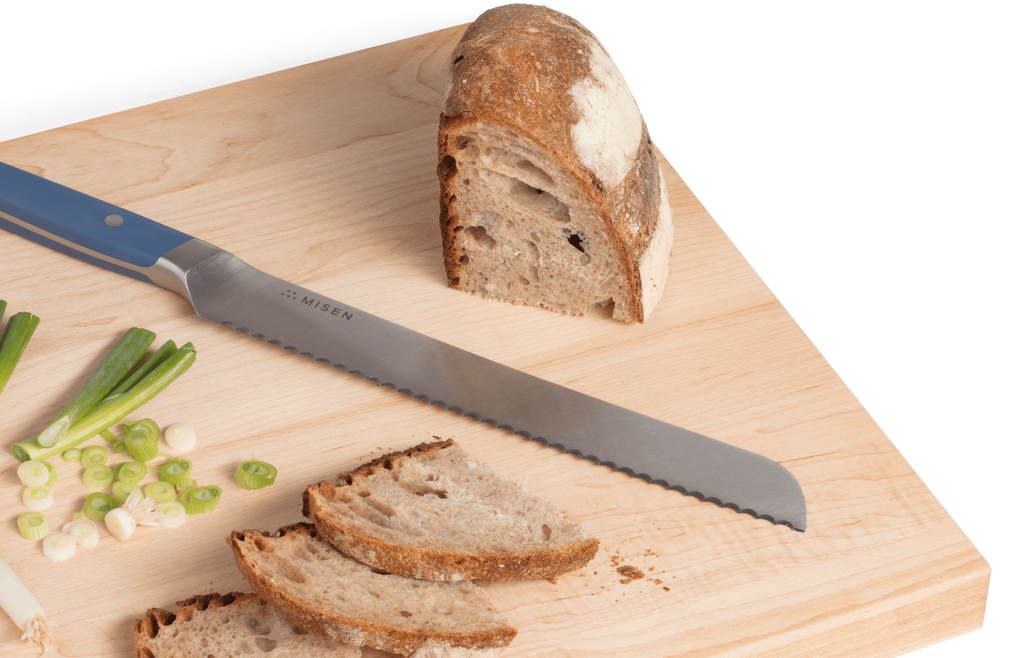 A serrated knife is great for bread but can cut many other things too.
A serrated knife is great for bread but can cut many other things too.
A serrated knife — often referred to as a bread knife — completes the trifecta of must-have kitchen knives. Its serrated blade works as a saw and is perfect for any food item with a thick outside and a softer inside, like a loaf of crusty French bread, for example. Whereas a chef's knife might squish the loaf, the sawing action of a bread knife tears through the tough outer crust without added pressure, leaving you with an intact and nice-looking slice of bread.
A serrated knife shouldn't be pigeon-holed as a one-trick pony, however. It's got far more uses than simply cutting bread: It's great for anything that fits the bill of tough outside, soft inside. This can range from grapefruit to tomatoes to sausages to melons.
Knives That are Nice to Have
With a chef's knife, a paring knife, and a serrated knife, you can get just about anything done. However, a couple of more knives really round out a home knife set.
The Santoku Knife
 A santoku knife is an excellent everyday knife.
A santoku knife is an excellent everyday knife.
A santoku knife is like a Japanese version of a chef's knife and can be used for essentially anything a chef's knife can. Because of its straight blade, you’ll use a different cutting technique than you would with a chef's knife. The santoku requires a more vertical cutting style, as the straight blade means it cannot rock on the cutting board like a Chef's knife, but can chop, slice, dice, and mince all the same. It can provide super-fine slices and is favored by sushi chefs due to the ultra-fine cuts it can make.
Its wide blade gives it an extra edge as well: It's excellent at scooping vegetables off of a cutting board to transfer them to their next destination is, like to a skillet.
The Utility Knife
 A utility knife is a well-rounded knife capable of most kitchen tasks.
A utility knife is a well-rounded knife capable of most kitchen tasks.
A utility knife is exactly what it sounds like: a knife that can be used in any number of scenarios. It's well-rounded and is somewhere between a paring knife and a chef's knife: Its blade is longer and more curved than that of a paring knife but less so than a chef's knife.
This knife can be used for just about anything. It's an excellent backup should your other knives already be in use. A utility knife's smaller size than a Chef's also make it good for cooks with smaller hands, or those wanting a high degree of control in their cuts.
Knives That Are Useful, But Not Necessary
Some more specific-use knives can be useful a few times a year when you’re making a special dish. But if you don’t want to store knives all year to only use them once or twice, you’ll find that anything these knives do can also be done by one of the above-mentioned knives. However, you'll likely find these knives in a professional chef's cutlery set, so they certainly don't fall in the category of “silly.”
The Boning Knife
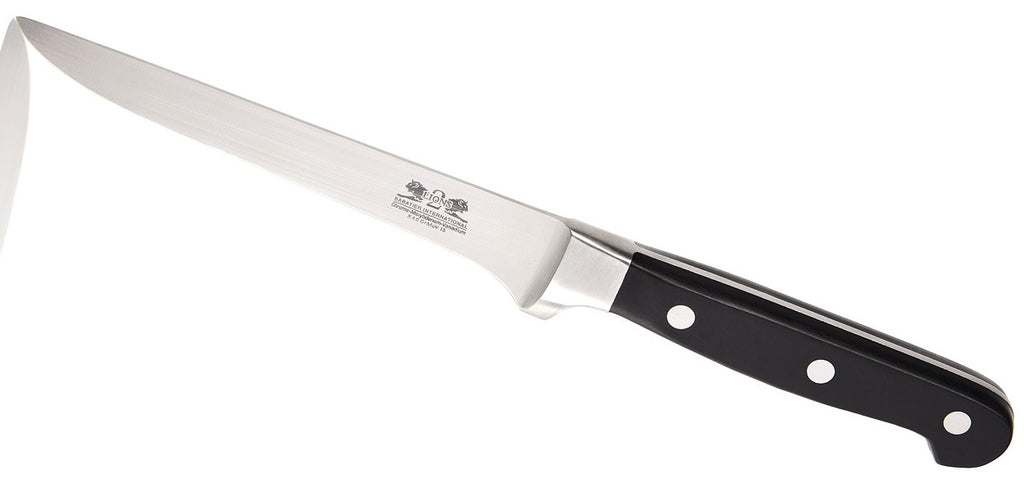 A utility knife can take the place of a boning knife.
A utility knife can take the place of a boning knife.
A boning knife is used for what you might imagine: deboning poultry, meat, and fish. Its long, thin blade makes it valuable for working around cuts of meat without damaging the meat itself. For example, if you wanted to debone a leg of lamb, a boning knife can indeed be useful.
A specific type of boning knife that's useful for fish is called a fillet knife. Its ultra-thin blade is made for separating fish from bone to make a fillet.
However, such tasks can be accomplished with a chef's knife or a utility knife as well, meaning that a boning knife is more of a luxury item than a necessity. Odds are, it'll sit around your kitchen collecting dust and taking up space, rather than being used.
The Cleaver
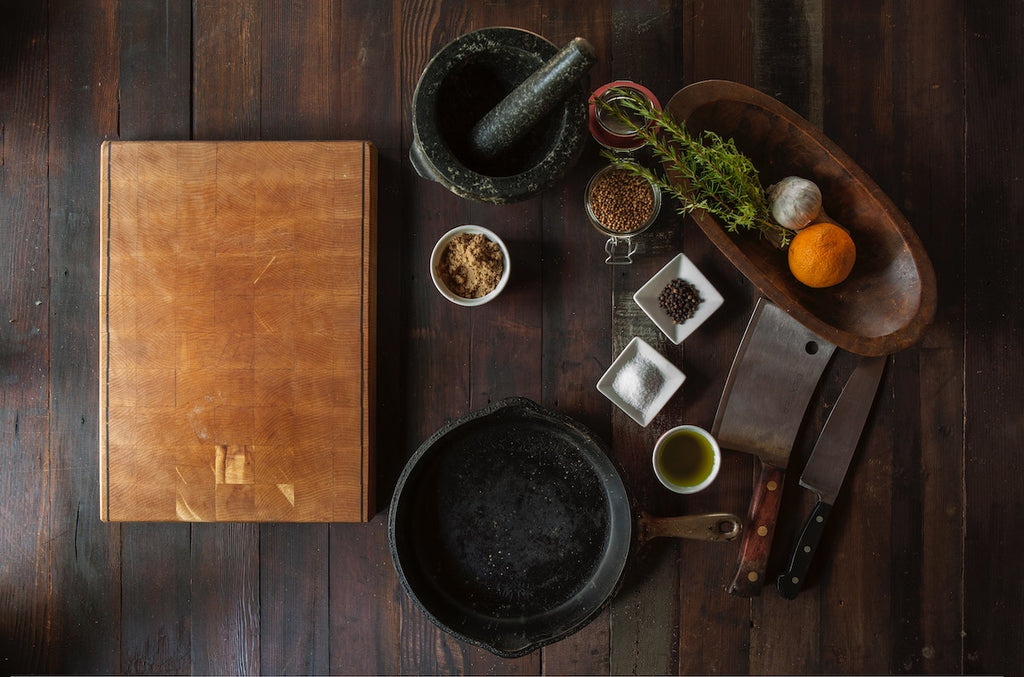 A cleaver can be useful but isn’t strictly necessary.
A cleaver can be useful but isn’t strictly necessary.
A meat cleaver's job is to hack through bone: Its weight and shape testify to its use. It can be used in place of a butcher’s knife in that its main job is to separate bones or joints.
A cleaver is indeed quite useful for such a task. Its sheer weight makes it valuable: A visit to any butcher shop would likely yield a cleaver sighting. In addition, they're commonly used all over Asia as a go-to cooking tool due to their sturdiness and resilience.
However, once again, most common home kitchen tasks that might call for a cleaver can be done by a chef's knife with a sharp blade.
Unnecessary Knives
Some knives are so specific to certain tasks that they'll rarely if ever be used and can be replaced by knives you already have. At the end of the day, these knives will be a waste of money and space — you're better off avoiding them.
The Carving Knife
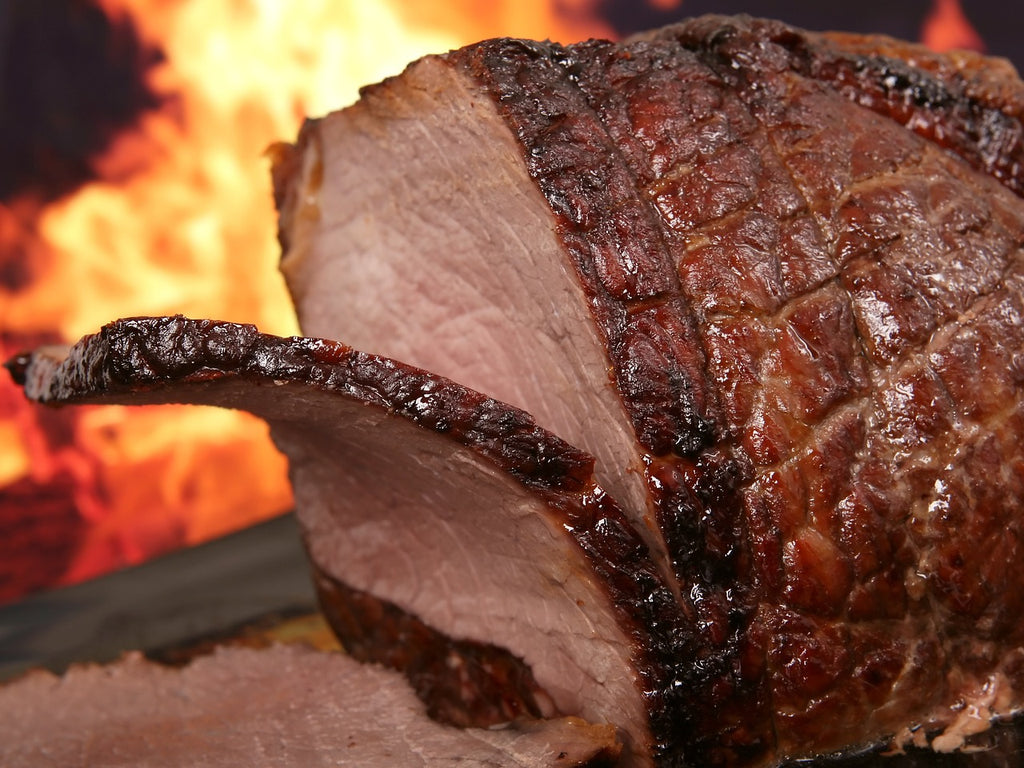 You don’t need a carving knife to cut roast beef.
You don’t need a carving knife to cut roast beef.
A carving knife is used for cutting meat, most commonly roasts of many varieties. Some companies would argue that a slicing knife is an altogether separate type of knife that may also be necessary, but they perform the same task: slicing cooked meat.
Carving knives have a long, narrow blade and should be exceptionally sharp to do their job right. However, the job they do can also be done by a chef's knife or a utility knife. Who said that you need to use a carving knife to carve a roast? A chef's knife will make for a fine slicer and get the job done just as well if not better.
Ultra-Specific Knives
Some knives are made for a single task, like grapefruit knives, tomato knives, and cheese knives. There is absolutely no reason to have these knives in a kitchen and their main purpose in life is to make you spend money unnecessarily. If someone tells you they're the “right knife” for a task, remind them that any of the above-mentioned necessary knives can cut just about anything correctly: You don't need a tomato knife to cut a tomato.
Keep Your Knives Simple
Good, sharp knives can make your cooking life easy and enjoyable, but you only need a few types of knives to get the job done. While we were discussing kitchen knives above, don't forget that other knives — namely steak knives and butter knives — are also necessary after the cooking is done.
When you're looking for knives, look for stainless steel as they're the best bet for longevity and reliability. As long as you keep them sharp, clean, and dry, they'll be some of your best friends in the kitchen.








